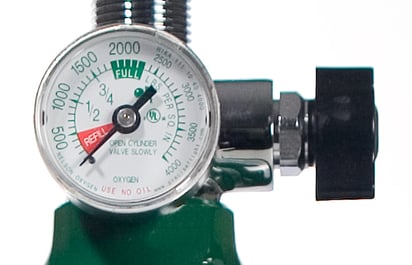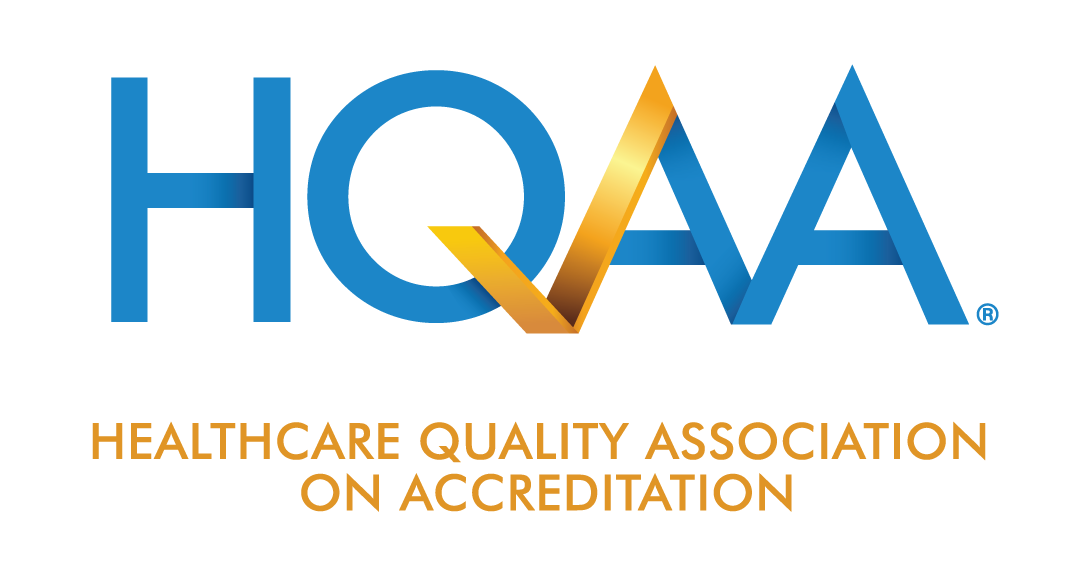
Last month, we looked at fire safety in the DME industry. Safe oxygen storage and fire prevention/safety were mentioned, but not in the detail a subject so important deserves and requires. Handling, providing, storing, processing, and manufacturing oxygen comes with its own unique set of potential hazards and therefore its own set of guidelines and safety measures.
Oxygen is a prescription drug, so the majority of rules and regulations regarding oxygen are defined and administered by the Food and Drug Administration (FDA). Their website is full of informative articles about oxygen safety but in my opinion is a little light on specific guidance vis-à-vis an audit checklist. Other resources include OSHA (dealing with workplace safety) and the DOT (dealing with safe transport and shipping), as well as state Pharmacy and Home Medical Equipment (HME) boards. Unfortunately, there is no single, comprehensive repository for all the various laws, rules, regulations, and best practices.
Appropriate licensing when providing oxygen is important and varies state by state. In some states, a pharmacy license is required to provide oxygen. In others, an HME license is necessary. Other states require licenses if you are repackaging oxygen, which means you fill the cylinders yourself rather than sending them off to an industrial gas company. Some states have no licensing entities for providers, though this is becoming less and less common as time goes by. Guidelines are similar, but vary enough that you’ll have to check with your own state to ensure you are compliant.
The following checklist is by no means comprehensive, but it’s a good place to start. Take a few moments to review your company’s oxygen storage and processes to ensure compliance, and revisit the checklist periodically to make sure you’re maintaining your safety standards.
- Oxygen storage areas should be well marked with appropriate signage. Full, patient-ready tanks should be separated from empty tanks awaiting refill.
- A “quarantine area” where cylinders with problems being returned or investigated are stored is required. There should be appropriate segregation of these cylinders and the area should be marked accordingly.
- Oxygen high pressure cylinders should be secured. Securing tanks can be done by placing them in carts, crates, or racking systems. Chaining tanks to the wall is also acceptable, as is “nesting” --whereby multiple cylinders (at least three) are stored up against each other. This nesting provides stability so the tanks don’t fall.
- No petroleum products should be stored in proximity to the oxygen. This includes cleaners, oil, gasoline, kerosene, and paint. Rags used with petroleum products should never be used for oxygen equipment or tanks.
- The company should enforce strict “No Smoking” rules in oxygen storage areas. There should be plenty of signage stating that the area is “no smoking.”
- Maintain appropriate fire extinguishers in proximity to the oxygen storage area. Check with local fire departments for any special requirements in terms of types of extinguishers or placement in the areas where oxygen is present.
- Local fire departments appreciate oxygen signage outside the building. This alerts them to a potential hazard if your building is on fire.
- Watch for electrical outlets and keep oxygen away from any live, open outlets. Electrical outlets are a spark hazard which, though rare, can be dangerous around oxygen.
- Keep oxygen away from heat sources such as furnaces, space heaters, and of course, any open flames.
- Check high pressure cylinders for expiration dates. Both the gas inside and the tank itself expire. Any expired oxygen should be kept in the quarantine area until taken care of, disposed, or returned to the manufacturer.
- Labels on the tank may ultimately be the responsibility of the gas company you buy them from, but as a company seeking accreditation, you are still responsible for ensuring that the label is intact and readable. These labels often wear or rip off from frequent handling. If they are unreadable, quarantine them and notify the gas company that delivers them to you so the labels can be replaced.
- If you transfill, there’s a whole series of additional safety measures. Don’t undertake this unless you have well trained staff who understand the rules.
Another thing to keep in mind is that teaching both staff and your patient/customers how to safely store, transport, and use oxygen is your company’s responsibility. This includes the drivers, delivery personnel, and warehouse workers who handle the oxygen, as well as retail clerks if they handle it in the showroom. For staff, they should learn about oxygen safety during orientation and training, and also have their competency assessed on a regular basis if this is part of their normal workplace duties. For patient/customers, new patients should be taught at the time they are admitted to service and re-educated as needed throughout the course of their care.
It is important that all oxygen providers know the rules of the road and understand and comply with law and regulation. Learn the rules before you start providing oxygen, and keep abreast of changes and updates in the rules through continuing education.


